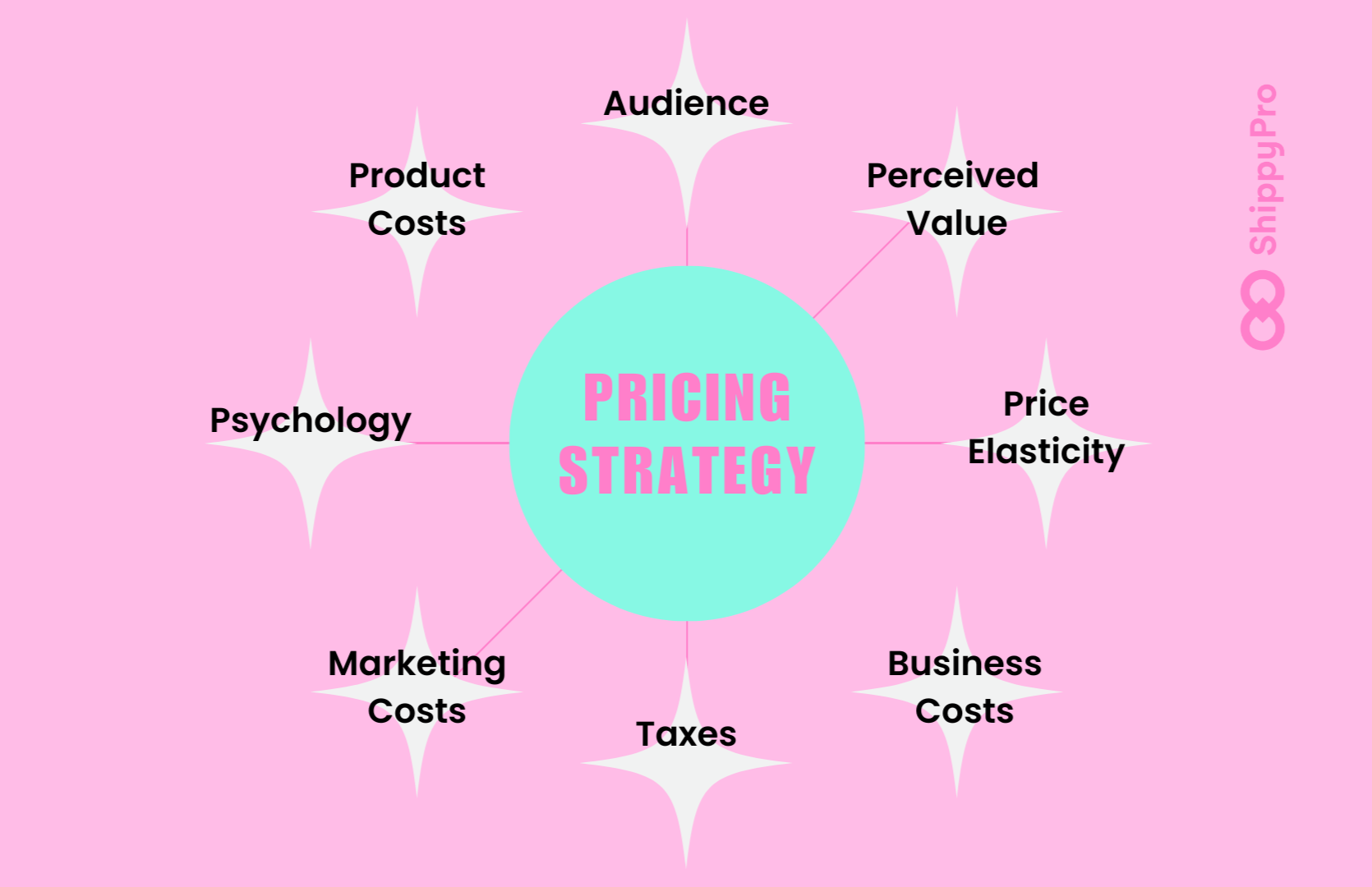
Master Effective Pricing Strategies to Optimize Profit
In the ever-evolving landscape of business, mastering efficient rates strategies is necessary for companies aiming to maximize revenue. A nuanced understanding of rates psychology can considerably affect customer actions and purchasing choices. Utilizing value-based and dynamic pricing designs enables organizations to adapt to market fluctuations and customer sentiment. The complexity of competitor analysis and ongoing performance assessment increases important questions concerning the sustainability of these approaches. What specific approaches can be applied to guarantee lasting success and consumer commitment in this competitive environment?
Understanding Pricing Psychology
Comprehending rates psychology is important for services aiming to optimize their rates techniques. This field takes a look at exactly how customers regard rates and exactly how these perceptions affect their buying decisions. Secret principles in prices psychology consist of the anchoring effect, where the initial cost offered acts as a referral point for consumers, and the principle of cost sensitivity, which differs amongst various customer sections.
Additionally, businesses can utilize the notion of viewed value, where the viewed benefits of a service or product can warrant a greater rate point. Premium pricing can produce a mood of exclusivity, bring in customers who associate greater costs with remarkable quality. On the other hand, mental prices, such as establishing a price at $9.99 rather than $10, can significantly influence consumer actions by making prices show up extra appealing.
Moreover, deficiency and seriousness can improve the viewed worth of products, prompting quicker buying decisions. Comprehending these emotional triggers allows services to create rates techniques that not just drive sales yet additionally foster customer commitment. Hence, understanding prices psychology is necessary for reliable rates approach formula, bring about boosted success and market positioning.
Carrying Out Value-Based Rates

Next off, segment your consumers based on their desire to pay and the value they view. By doing so, you can tailor offerings and prices approaches to straighten with various sectors.
After collecting insights, collection rates that show the optimum amount a consumer wants to pay, guaranteeing that they perceive a reasonable exchange for the worth received. Connect the value recommendation efficiently, highlighting the benefits and differentiators of your offering. Continuously monitor market conditions and customer feedback to improve your prices approach over time. By applying value-based rates, businesses can boost success while promoting lasting consumer commitment.
Exploring Dynamic Rates Versions
In today's swiftly transforming market landscape, dynamic rates models have actually become an effective method for organizations seeking to enhance profits and respond to variations sought after. These versions enable business to readjust their costs in real-time based on numerous variables such as client behavior, market trends, and stock degrees. By leveraging information analytics and formulas, businesses can identify ideal pricing points that make the most of sales while remaining competitive.
Dynamic pricing can take various types, including time-based rates, where rates fluctuate based upon time of day or season, and demand-based prices, which readjusts rates according to existing customer need. This flexibility not only enhances earnings yet also enhances customer satisfaction by offering prices that mirror real-time market problems.
Applying vibrant prices calls for a durable technical framework and a deep understanding of client segments. Transparent communication concerning pricing changes can aid minimize client frustration and foster count on, ultimately leading to sustained success in a competitive industry.
Analyzing Rival Rates
Checking competitor rates is important for organizations aiming to maintain an one-upmanship in their particular markets. By evaluating competitors' rates approaches, business can identify market fads, understand consumer choices, and adjust their pricing appropriately. This analysis involves gathering data on competitors' costs, marketing techniques, and product offerings to educate prices choices.
To efficiently assess rival rates, organizations need to utilize various devices and strategies, such as click to investigate price monitoring software program, market research records, and client feedback. This information can disclose exactly how competitors place their products and services, permitting companies to differentiate their offerings or adopt comparable techniques to remain pertinent.
In addition, it is critical to classify competitors right into indirect and straight rivals. Direct competitors supply comparable service or products, while indirect competitors may meet the exact same customer need with different options. Comprehending the subtleties between these teams will allow services to tailor their prices strategies more properly.
Inevitably, recurring rival pricing analysis is vital for making informed pricing choices. It allows companies to remain active in feedback to market shifts, ensuring they can confiscate opportunities and alleviate risks linked with rates techniques.
Reviewing Pricing Efficiency
Recognizing how rival prices affects market characteristics causes an all-natural concentrate on examining prices performance within one's very own service. This evaluation is crucial for determining areas of toughness and chances for improvement, ultimately boosting productivity.

Additionally, carrying out normal prices audits can disclose discrepancies in between expected and real efficiency. This entails comparing rates data throughout different sectors and channels to understand variances and recognize fads. Incorporating customer comments can offer insights into perceived value versus real rates, guaranteeing placement with market expectations.
Lastly, leveraging data analytics tools can help with deeper understandings right into pricing performance, making it possible for organizations to make data-driven modifications (Pricing Strategy). By continually evaluating prices performance, organizations can adapt to market adjustments and optimize their approaches, ensuring continual profitability in an affordable landscape
Final Thought
Efficient rates techniques are essential for taking full advantage of earnings in an affordable market. By leveraging pricing psychology, companies can improve viewed value and dressmaker rates to varied customer sectors. The adoption of value-based and vibrant prices models helps with real-time modifications based on demand and customer desire to pay. In addition, continual analysis of rival prices and efficiency metrics guarantees critical dexterity. Ultimately, an extensive strategy to pricing not just drives earnings but also fosters consumer satisfaction and loyalty.
Understanding rates psychology is vital for companies aiming to optimize their pricing strategies. Comprehending these psychological triggers makes it possible for organizations to develop prices methods that not just drive sales but additionally foster consumer loyalty. Thus, grasping rates have a peek at this site psychology is important for reliable pricing technique formulation, leading to improved earnings and market positioning.
By assessing competitors' rates these details approaches, business can recognize market fads, understand consumer preferences, and adjust their pricing as necessary. By leveraging pricing psychology, services can improve viewed worth and tailor pricing to diverse consumer sections.
Comments on “How to Change Your Pricing Strategy for Different Market Segments”